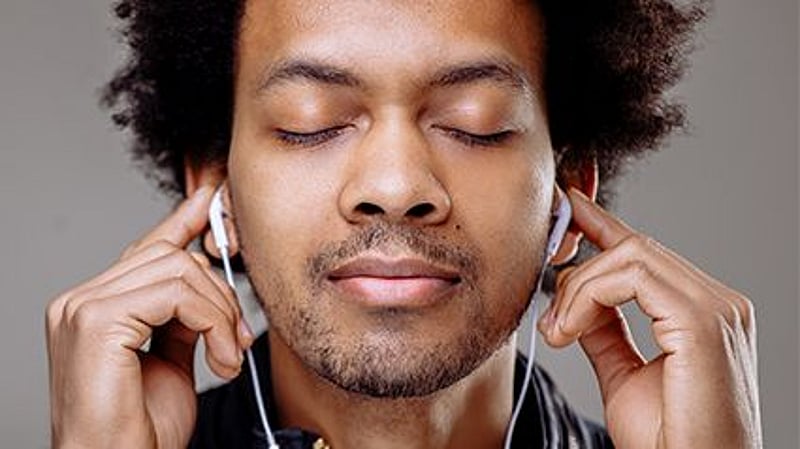(330) 876-1228
8507 Main StreetKinsman, OH 44428
(330) 876-1229

More than a billion young people are at risk for hearing loss because of listening to loud music at concerts and using earbuds and other personal listening devices, a new study suggests.
"There is an urgent need for governments, industry, and civil society to prioritize global hearing loss prevention by promoting safe listening practices,"the study authors said in a BMJ Global Health news release.
The researchers include Lauren Dillard, of the department of otolaryngology head & neck surgery at the Medical University of South Carolina, in Charleston.
For the study, Dillard and her colleagues estimated the number of people at risk by gauging the prevalence of unsafe listening practices among teens and young adults.
The investigators used 33 studies that had data on more than 19,000 participants, aged 12 to 34. Seventeen of the studies focused on personal listening devices (PLDs, such as smartphones, headphones and earbuds) and 18 were based on loud entertainment venues.
With a global population in that age group of 2.8 billion and the prevalence of PLD use and attendance at loud entertainment venues ranging from 24% to 48%, the researchers estimated that from 0.67 to 1.35 billion teens and young people are at risk for hearing loss.
Smartphones, headphones and earbuds are problematic because of precarious and unregulated sound levels. Most users typically choose volumes as high as 105 dB -- far higher than levels generally considered safe, the researchers said.
Safe levels are 80 dB for adults and 75 dB for kids, according to past research. Average entertainment venue volume ranges from 104 to 112 dB, the study authors noted.
There were some limitations to the research. The many studies reviewed varied in design with no standardized methodology. The estimate also didn't account for recent changes to policies on safe listening in some countries or regions.
About 430 million people globally have disabling hearing loss, the World Health Organization estimates.
More information
The U.S. Centers for Disease Control and Prevention has more on hearing loss.
SOURCE: BMJ Global Health, news release, Nov. 15, 2022
